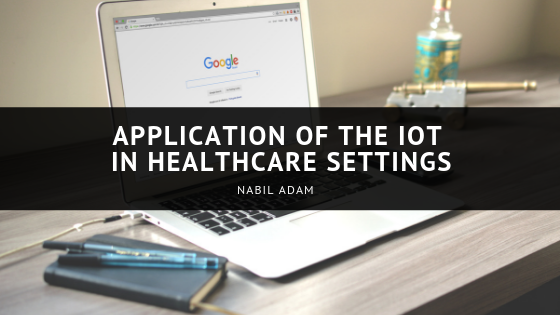The internet of things concept has taken the world by storm and is applied in virtually every industry that one can think of, ranging from automobiles to transportation, manufacturing, and most surprisingly, the healthcare sector. Virtually all healthcare equipment developed today is designed to somehow interconnect and exchange data with others. This idea is proving a game-changer in the healthcare sector as it is beneficial in various ways.
Enhancing attention and accuracy
The ability of different healthcare machines and tools to communicate and exchange data makes it possible for medical attendants to increase their efficiency and attention to detail. Doctors can, for instance, take various physiological parameters such as body temperature, height, weight, and other assessments without necessarily jotting them down as they get transmitted remotely to a computer system for later referral. This eliminates common inconveniences such as having to carry a pen and paper to record.
Increasing patient trust
Medical devices that are integrated through the internet of things are generally more effective and efficient. Such devices can actively monitor patients’ health statuses while relaying information remotely to medical doctors from where they can take the necessary action. Patients being served with such machines normally have an enhanced trust upon the entire healthcare process.
Reduced cost of healthcare services
Internet of things generally cuts on various operational and procedural redundancies that dominate in a healthcare facility setting. It also helps to cut down on costs related to the hiring of healthcare personnel to perform some of the basic clinical tasks. Generally, these benefits make access to healthcare services more affordable to the population.
Suitability and convenience
The use of the internet of things in the healthcare sector also comes as a great convenience, especially in cases of emergencies. The interconnection between different devices can be used to simultaneously monitor patients’ progress even in the absence of doctors. Such devices can then issue alerts in cases of serious fluctuations and emergencies.
This technology also proves crucial in responding to serious medical emergencies where ambulances transporting patients to a hospital can remotely relay physiological information ahead of the patient’s arrival. This gives the hospital emergency staff sufficient time to prepare for the arrival of a patient. The precious time saved in such a case can make all the difference between the patient surviving and succumbing to injuries.

